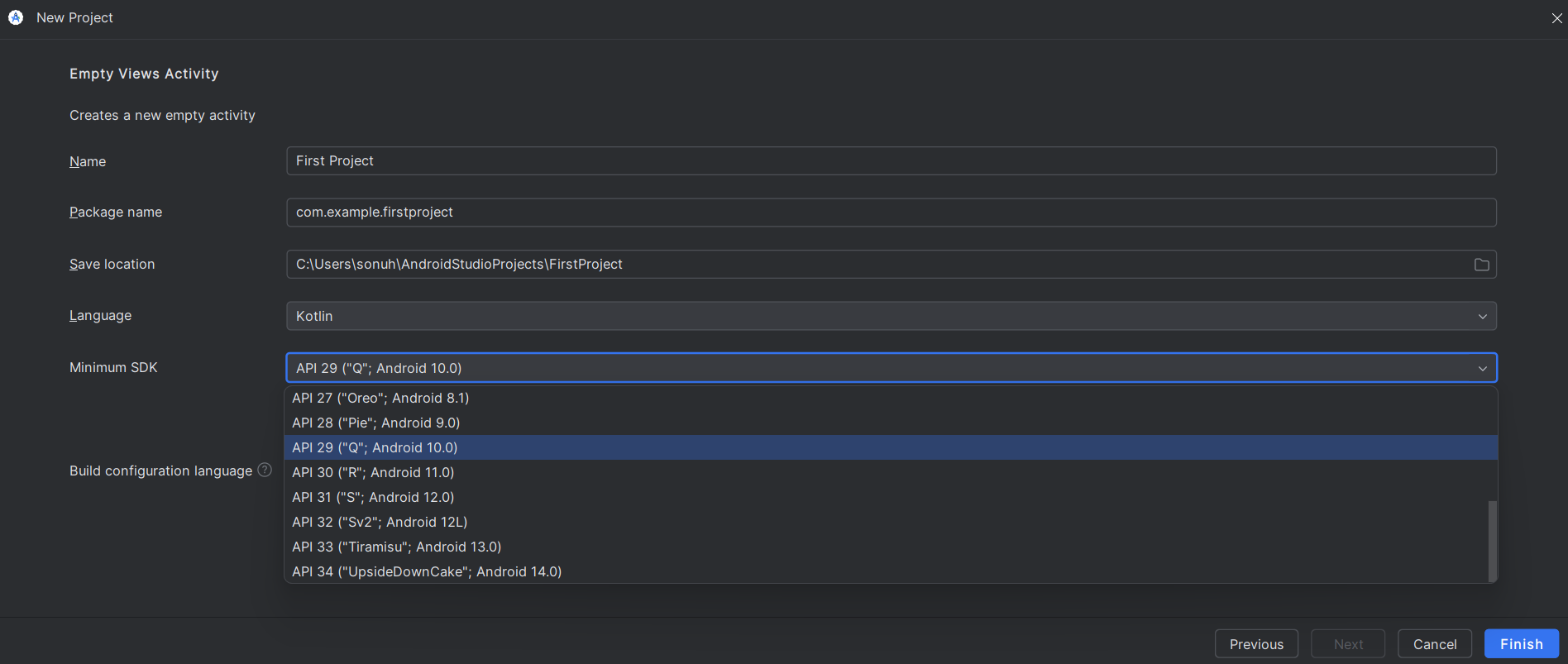Understanding Android Versions and API Levels in Android Development
Android development requires understanding the concept of Android versions and API levels. These concepts help developers ensure compatibility, access new features, and manage app behavior across different Android devices.
What are Android Versions?
Android versions are the updates and iterations of the Android operating system released by Google. Each version typically introduces new features, performance improvements, and security updates. Android versions are identified by both a version number (e.g., 10, 11, 12) and a code name (e.g., Pie, Oreo, Lollipop).
What are API Levels?
API (Application Programming Interface) levels are unique identifiers for each version of the Android platform. They represent the set of APIs provided by a specific Android version. For example, Android 10 has API level 29, while Android 11 has API level 30.

Relationship Between Android Versions and API Levels
Each Android version corresponds to a specific API level. Developers use these API levels to define the minimum and target versions of Android their applications will support.
- API Level 29: Android 10 (Q)
- API Level 30: Android 11 (R)
- API Level 31: Android 12 (S)
- API Level 33: Android 13 (T)
Setting Minimum and Target API Levels
When developing an Android app, developers specify the minimum and target API levels in the AndroidManifest.xml file:
<uses-sdk
android:minSdkVersion="21"
android:targetSdkVersion="33" />
minSdkVersion: Specifies the minimum API level required to run the app. Devices with a lower API level will not be able to install the app.
targetSdkVersion: Indicates the API level the app is optimized for.
Example: Managing Compatibility with Older Versions
Developers need to ensure their apps run smoothly on devices with lower API levels. For example, features introduced in a higher API level can be checked at runtime:
if (Build.VERSION.SDK_INT >= Build.VERSION_CODES.R) {
// Code for Android 11 (API level 30) or later
System.out.println("Using new Android 11 feature");
} else {
// Fallback for older versions
System.out.println("Using fallback code for older versions");
}
Why API Levels Matter in Android Development
Understanding API levels is essential because:
- They ensure app compatibility across a wide range of Android devices.
- They help developers access new features available in newer Android versions.
- They allow developers to gracefully handle deprecated features in older versions.
Practical Example: Backward Compatibility
Suppose a developer wants to use the Scoped Storage feature introduced in Android 10 (API level 29) while maintaining compatibility with older versions:
if (Build.VERSION.SDK_INT >= Build.VERSION_CODES.Q) {
// Scoped storage logic for API level 29 and above
System.out.println("Scoped Storage is enabled");
} else {
// Legacy storage logic for older versions
System.out.println("Using legacy storage");
}
Conclusion
Understanding Android versions and API levels is crucial for successful Android development. By specifying minimum and target API levels, and using runtime checks, developers can build apps that are both feature-rich and widely compatible with Android devices.